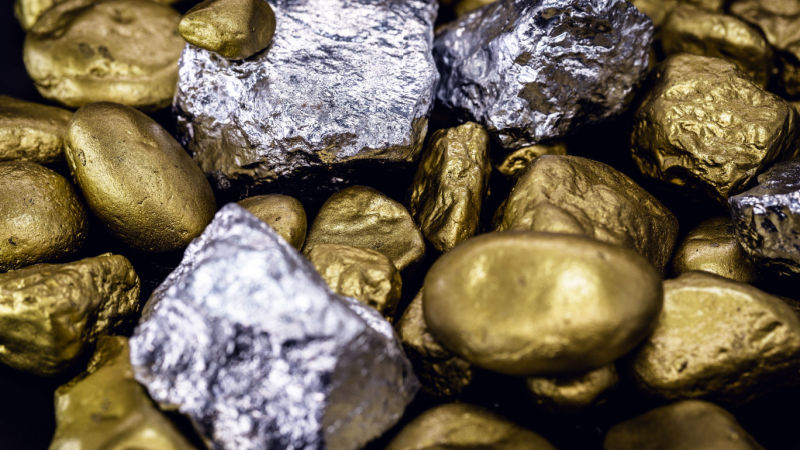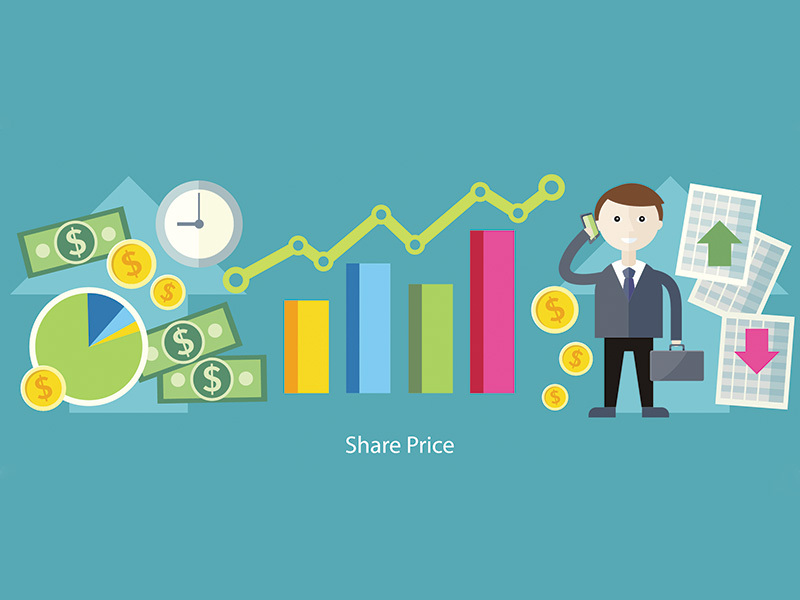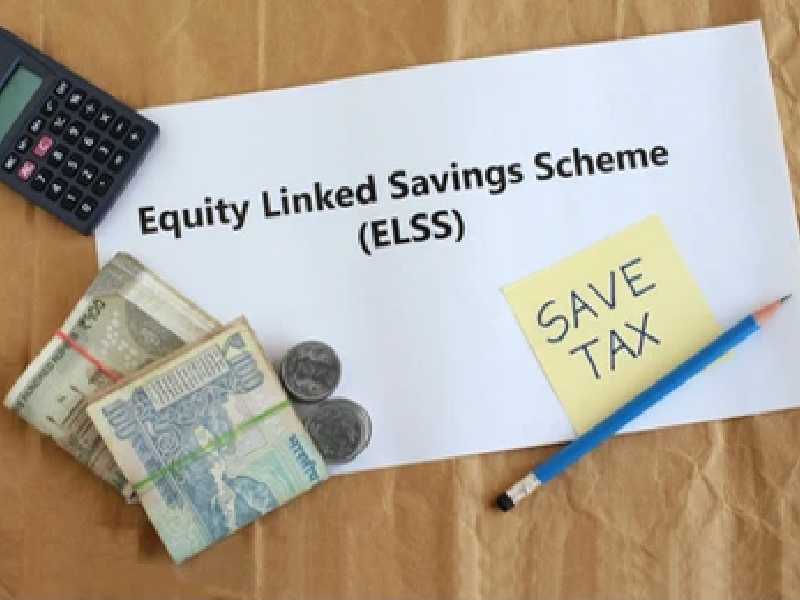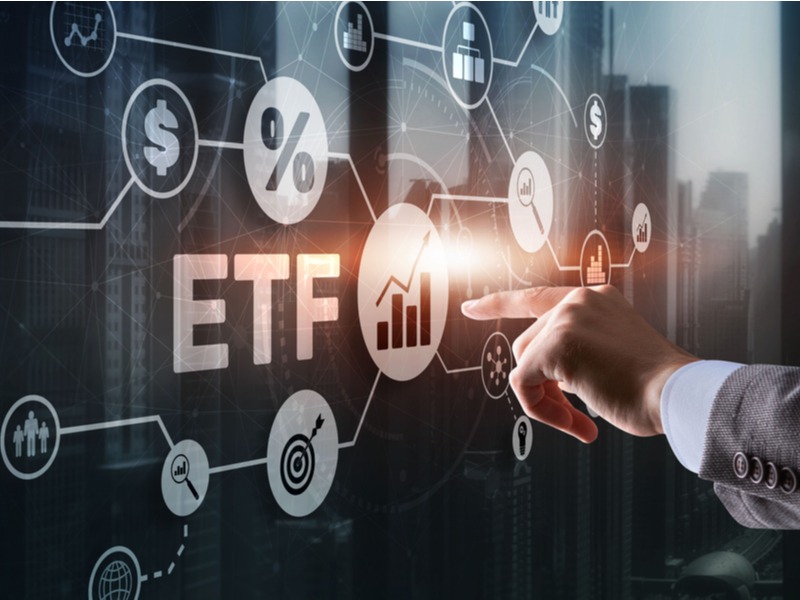
Gold and silver have traditionally been favourable parts of the Indian culture right from our traditions and rituals to being safer investment options than more dynamic ones for example shares. However, more young investors are increasingly shying away from investing in gold and silver in the traditional manner and prefer options like gold and silver ETFs. So which is a better option among the two for investors and how can they be compared? The answers to these questions are discussed hereunder.
Read More: Understanding taxation on Index funds and ETFs
What is Gold ETF?
ETFs are Exchange Traded Funds that are in the nature of passive mutual funds that track a particular benchmark index and have the fund composed on the lines of the said index. Gold ETFs are the securities that track the prices of physical gold which is of 99.5% purity. Each unit of gold ETF represents one gram of gold. It is a better investment option than traditional gold as the units can be held in the dematerialized format in the Demat account and can be traded like shares. Traditional gold has to be stored in safety which has its own set of costs and security issues. Therefore, investing in gold ETFs proves to be a better option and a better instrument to hedge against stock market volatility or inflation.
What is Silver ETF?
Silver ETFs are similar to gold ETFs and invest in physical silver or silver-related instruments. They track the prices of physical silver in the open market. Investment is made in physical silver of purity 99.99%. Silver has traditionally been a very highly sought-after metal on account of its industrial as well as personal use. Investment in silver ETFs can be done in a similar manner to any other ETF by having a Demat account.
Silver ETFs are an excellent instrument to hedge against inflation and are taxed in lines of any debt fund or capital asset where the if an asset is held for a period of more than 3 years, the long-term capital gains will be taxed at 20%.
What are the differences between Gold and Silver ETFs?
Gold and silver ETFs, both are an excellent addition to any investment portfolio. However, when deciding between the two, investors first need to understand their key differences. These differences are highlighted below.
| Category | Gold ETF | Silver ETF |
| Cost of investment | The cost of investing in gold ETFs is slightly higher as the prices of gold have traditionally been higher than that of silver. | Silver ETFs are more reasonably priced as compared to gold ETFs and can be a good addition to the investment portfolio. |
| Volatility | Gold has limited uses as compared to silver. Therefore, the prices of this metal are not affected greatly due to economic fluctuations. Hence, investment in gold ETFs is less volatile. | Silver traditionally has wide industrial uses which have been amped with the increased push to the solar energy and the EV sector. Therefore, the demand for this metal is highly volatile as compared to gold which ultimately impacts its prices. |
| Liquidity | The demand for gold ETFs is higher as compared to silver ETFs which makes them more liquid. | Silver ETFs are known to face higher liquidity issues as compared to gold ETFs. |
| Expense ratio | The expense ratio of gold ETFs is traditionally lower as compared to silver ETFs. | The storage costs of silver are higher as compared to gold which impacts the ultimate expense ratio of the ETF. Therefore, the expense ratio of silver ETFs is slightly higher as compared to gold ETFs. |
| Returns | Although the demand for silver is varied and wide as compared to gold, the returns generated by gold ETFs are higher. | The returns from silver ETFs are impacted on account of the volatility of demand for this metal as well as the higher expense ratio. Therefore, returns from silver ETFs are lower as compared to that from gold ETFs. |
Performance of Gold vs Silver ETFs
To understand the performance of gold and silver ETFs, let us look at the performance of the top ETFs in each category.
Performance of Gold ETFs
Some of the top gold ETFs and their performance are highlighted in the data below.
1. HDFC Gold ETF
This fund was launched in August 2010 and is considered to be in the high-risk category. The returns from this found and other details are tabled below.
| Particulars | Details |
| Fund manager | Mr. Bhagyesh Kagalkar |
| Launch date | 13th August 2010 |
| Minimum investment | Rs. 5,000 |
| Expense ratio | 0.59% |
| Risk | High |
The returns provided by the fund as on 23rd November 2022 are tabled below
| Period | 6 months | 1 yr | 3 yrs | 5 yrs | 10 year |
| Returns | 3.32% | 7.54% | 10.47% | 11.34% | 4.13% |
2. SBI Gold ETF
This is one of the older Gold ETFs launched in the country. The details of this ETF and the returns generated to date are tabled hereunder.
| Particulars | Details |
| Fund manager | Mr. Raviprakash Sharma |
| Launch date | 28th April 2009 |
| Minimum investment | Rs. 5,000 |
| Expense ratio | 0.55% |
| Risk | High |
The returns provided by the fund as on 23rd November 2022 are tabled below
| Period | 6 months | 1 yr | 3 yrs | 5 yrs | 10 year |
| Returns | 3.31% | 7.55% | 10.55% | 11.50% | 4.14% |
3. Axis Gold ETF
Axis Gold ETF is part of Axis Mutual Fund and was launched in 2010. The returns of this ETF and other key details are tabled hereunder.
| Particulars | Details |
| Fund manager | Mr. Pratik Tibrewal |
| Launch date | 13th November 2010 |
| Minimum investment | Rs. 5,000 |
| Expense ratio | 0.53% |
| Risk | High |
The returns provided by the fund as on 23rd November 2022 are tabled below
| Period | 6 months | 1 yr | 3 yrs | 5 yrs | 10 year |
| Returns | 3.53% | 7.77% | 10.54% | 11.65% | 3.90% |
Performance of Silver ETFs
1. ICICI Prudential AMC Silver ETF
This ETF is one of the top names in the category of silver ETFs and has been a recent addition. The details of this fund and returns are tabled below.
| Particulars | Details |
| Fund manager | Mr. Gaurav Chikane |
| Launch date | 21st January 2022 |
| Minimum investment | Rs. 100 |
| Expense ratio | 0.40% |
| Risk | Very High |
The returns provided by the fund as on 23rd November 2022 are tabled below
| Period | 6 months | 1 yr | 3 yrs | 5 yrs | 10 year |
| Returns | 1.97% | – | – | – | – |
Nippon India AMC Silver ETF
Nippon Silver ETF is from Nippon Mutual Fund and has been launched in 2022. The details of this fund are tabled below.
| Particulars | Details |
| Fund manager | Mr. Vikram Dhawan |
| Launch date | 2nd February 2022 |
| Minimum investment | Rs. 1,000 |
| Expense ratio | 0.51% |
| Risk | Very High |
The returns provided by the fund as on 23rd November 2022 are tabled below
| Period | 6 months | 1 yr | 3 yrs | 5 yrs | 10 year |
| Returns | 0.06% | – | – | – | – |
Aditya Birla SunLife AMC Silver ETF
This ETF has been recently launched to tap into the buzz around silver ETFs. The details of this fund are tabled below.
| Particulars | Details |
| Fund manager | Mr. Sachin Wankhede |
| Launch date | 28th January 2022 |
| Minimum investment | Rs. 500 |
| Expense ratio | 0.37% |
| Risk | Very High |
The returns provided by the fund as on 23rd November 2022 are tabled below
| Period | 6 months | 1 yr | 3 yrs | 5 yrs | 10 year |
| Returns | 2.24% | – | – | – | – |
Conclusion
Gold and Silver ETFs are an alternative mode of investing in these metals and hedging the overall portfolio against risks like market fluctuations and inflation. These funds have an advantage over traditional mutual funds that invest heavily in gold or silver as these funds can be traded in the open market like shares and therefore are considered slightly more liquid. Although silver ETFs were recently launched in the Indian markets, they are fast being a favoured investment product on account of many benefits over investment in traditional silver. While volatility is lower in gold ETFs, making it ideal for risk-averse investors, investment in silver ETFs can be a good opportunity for aggressive investors looking to tap into the high volatility of demand for this metal.
FAQs
Silver ETFs were recently launched in India after being permitted by SEBI.
Gold ETFs are considered to be more stable investment options as compared to Silver ETFs. Hence, the former is more suitable for risk-averse investors while the latter is ideal for aggressive investors.
Silver has wide application in the industrial sector and therefore the demand for this metal is not confined to personal use. This impacts the demand for silver due to economic fluctuations and industrial or business cycles. Hence, silver is considered to be a more volatile commodity than gold.
According to the guidelines of SEBI, the expense ratio of gold and silver ETFs cannot be higher than 1%.



























